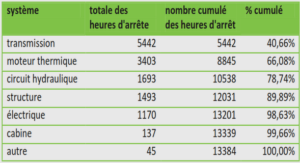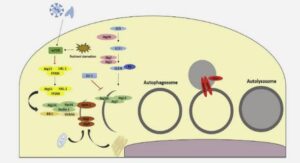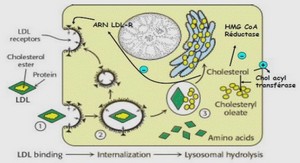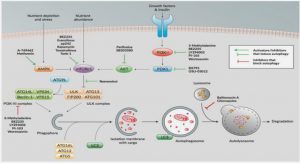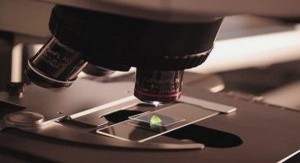Determination of topsoil rice
Owing to its high toxicity, the development of a selective and sensitive method for the detection of aristolochic acid I in complex mixtures is more important than its accurate quantification. The presence of aristolochic acid I ând of its derivatives is indeed not acceptable in plant preparations since even traces of these compounds constitute a potential health risk. However, the determination of new toxicological data in the future should be considered as a sufficient motivation to achieve both detection and quantification of aristolochic acid L The detection of aristolochic acid I in herbal preparations was ensured by a çombination of two different techniques, namely a TLC analysis followed by detection of aristolochic acid I through chemical derivatisation and an HPLC separation coupled to IfV diode array and mass spectrometry detection. Details concerning the optimisation and the validation of these methods have already been discussed elsewhere (Ioset et al., 2002). The combination of these two techniques proved to be a very efficient strategy in the search for aristolochic acid I in plant preparations. The two samples containing the highest ôonôerrtr6tloni of aristolochic acid I-samples 16 and l7-could easily be detected by the TLC screening. This method allowed the ‘ detection of quantities of aristolochic acid I as gmall as 1 pg in visible light and 0.2 pe at 366 nm, through the presence ol its strongly oxidative NOz group. This redction can be considered as very specific in the context of plant chemistry since only very few natural products have been characterised to contain this type of functional group (see Fig. 2). Two additional samplessamples 15 and 22-were also found to contain aristolochic acid I after LC/UV-DAD/MS analysis. The advantages of this technique are the specificity and sensitiüty of both UV and MS detection. Indeed, aristolochic acid I exhibited a typical IfV spectrum as well as a strongly ionised characteristic fragment al mlz 295 (M-NO2)+ in the APCI-MS mode due to the loss of thelabile NO2 functional group. The sensitivity of the detection was in the ng range for both UV and MS detection. These results oannot of course guarantee theFinally, four out the 42 analysed preparations were found to contain aristolochic acid I and the presence of aristolochic acid derivatives was suspected in two other herbal mixtures, Five out of the six incriminated products were provided by the same Chinese herb importer. Immediate removal of the products from the Swiss market was called for. Because of an increased interest for natural alternative medicine, consumers have to face a huge variety of new drug treatments and herbal health supplements to combat overweight. For, several reasons, including confusion of close vernacular Chinese names, lack of quality control, misuse in the drug preparation, dosage or indication and also toxicity related to some Chinese traditional herbs, the use of such preparations is not without risk. The results of this work shôw the importance for a better survey of herbal.
An amount of 5 g of plant material (pills, capsules, plant powder or plant extract) \vas extracted with 100 ml of boiling MeOH for 3 h. After filtration, the sample was evaporated to dryness under reduced pressure and freeze-dried. A 20-mg/ml methanolic solution of this extract was used for the qualitative detection of aristolochic acid I by TLC and HPLC/UV-DAD/MS analysis. To perform quantitative measurements, an amount of 50 mg of this extract was dissolved in 1 ml of solvent (10% MeOH and 90%o HzO) and eluted with 5 ml of H2O by solid phase extraction (SPE) using a 3-ml Chromabond@ Cl8 Hydra column (Macherey-Nagel) previously stabilised with l0 ml of H2O. A quantitative elution of aristolochic acid I was ensured by 20 ml of a MeOH:THF solution (80:20, v/v). This percolate was then evaporated to dryness under reduced pressure and freeze-dried before being dissolved in I ml of MeOH. Samples prepared for the purpose of quantification were performed in triplicate and precisely weighed,
Aristolochic acid I used as a reference compound for the analysis was purified by preparative TLC from a mixture of aristolochic acids purchased from Sigma (reference no. A-5512) containing 670Â of aristolochic acid L This mixture was first eluted on a silicagel 60Fzs4 TLC glass-backed plate (Merck) !ÿith CHCI3.MeOH: acetic acid (65:20:5, by vol.) before being submitted to a second migration on a RP-18 WFzs+ TLC glass-backed plate (Merck) using MeOH:H2O (35:65). The purity of aristolochic acid I was checked by LCIIJV-QAD under the conditions described in the LC/MS section. Diphenylamine (purum) was purchased from Fluka (reference ro.42161).

